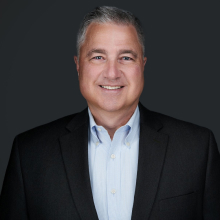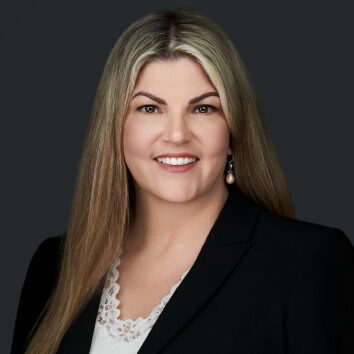Do you remember the simple joy of sharing with someone for the first time? Maybe it was on the playground, at school, or even at home. There’s something a little magical about doing something good and seeing someone else benefit. Fast forward to today, with busy lives and the demands of operating businesses, maybe even several, giving often involves multiple generations of family. Amid all this complexity, the opportunity to do more and benefit more people grows, but the joy of giving can sometimes get lost in the process. As size and scale increase, legitimate concerns arise about stewardship – ensuring that your giving is handled well and that the intended benefits are truly realized.
At Clearwater, we guide families through a framework for giving that brings clarity and direction, answering the how, who, and where of giving. We call this framework: Strategy, Steward, Sow.
Clarity and Direction
Why – What is the meaning of your gifts?
Meaningful giving begins with your “why.” How are you uniquely positioned and motivated to care about certain causes or people? Of all the causes you care about, which ones are truly yours to address? Gaining clarity on your motivation, and how it connects to your personal story and your family’s story, infuses your giving with meaning and reconnects you to that original joy.
Allocation – What do you have to give?
What’s your three-bucket allocation? Ultimately, there are only three places your money will go: Taxes, Family, or Charity. Saving and investing eventually pour into one of these three buckets, and you are included in the “Family” bucket. So, what do you want your allocation to look like? Deciding this clarifies what’s “in your bucket to give.”
Strategy
Once you have clearly identified your “why” and your “charity bucket,” you can select and implement the most effective and efficient tools for charitable giving. There are several charitable vehicles, and many families use more than one. For example, a family might use a Foundation for certain gifts and a Donor Advised Fund for anonymous giving. There’s also a virtual alphabet soup of estate planning tools that can be applied to charitable gifts. Here, complex modeling of each tool and its effects can be powerful for your strategy.
Your use of these tools may grow and change over time, but some are irrevocable. That’s why having your “why” and your allocation clear from the start gives your strategy both direction and meaning. It’s crucial that your earlier clarity drives your use of tools, not the other way around which can lead to a disjointed approach.
Steward
Who in your family or network will be on this journey with you? Many families find that giving together is an opportunity to learn more about each other and to interact with greater purpose. Will your family help run a foundation? What human, financial, and social capital can they bring to create a richer experience and better outcomes? Do you have family or network members with skills needed for governance or administration, or will you outsource these roles? These are important considerations when using tools like a Foundation, setting your giving strategy up for long-term success.
Stewardship comes down to the “who.” While this can add complexity, having the right people involved, and in the right roles, creates tremendous potential for joy and a sense of shared purpose. Involving family members, especially the rising generations, can help develop leadership and other skills that may not have been discovered yet.
Sow
With everything you’ve put in place, you finally reach the most rewarding part: the “where” or “sow.” Where will you make the greatest impact? Choosing causes and partners through the lens of the meaning, purpose, and the “why” you identified earlier makes the process of selecting and vetting partners much easier. Are they aligned with your values and goals? Are you aligned with theirs? Are you addressing the same causes and sharing the same values? Will your gifts provide clear benefits?
Once you have identified your “why,” determined your allocation, and applied the right strategy with the right stewardship to the right sowing, you have a framework for excellence in giving. This allows you to rediscover that simple joy, with the added benefit of multiplying your impact. The effects will be felt not only by the causes you support, but also within the family you love. You’ll also have the peace of mind that comes from knowing you’ve approached your giving thoughtfully and meaningfully. In turn, this can create a ripple effect that lasts for generations-long after your days on the playground.
20250505-1




 John E. Chapman
Chief Executive Officer
John E. Chapman
Chief Executive Officer
